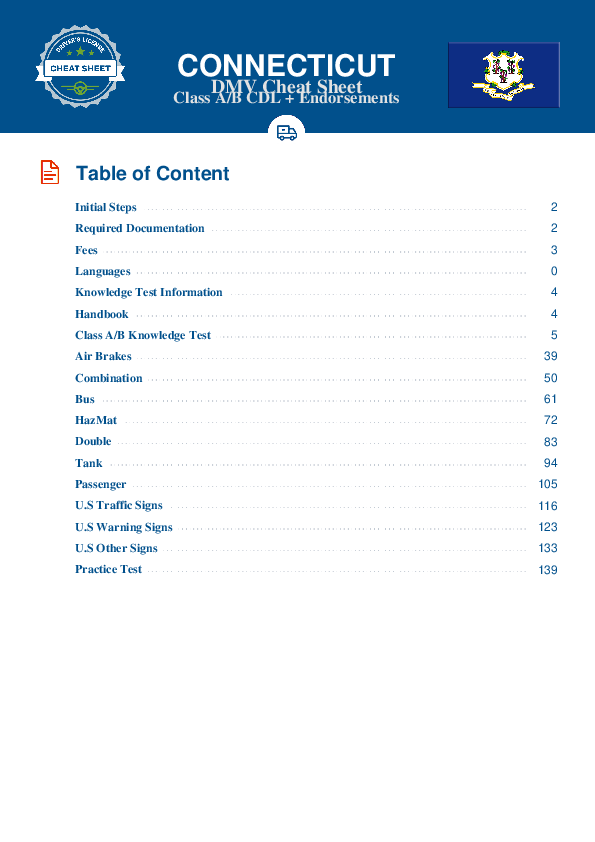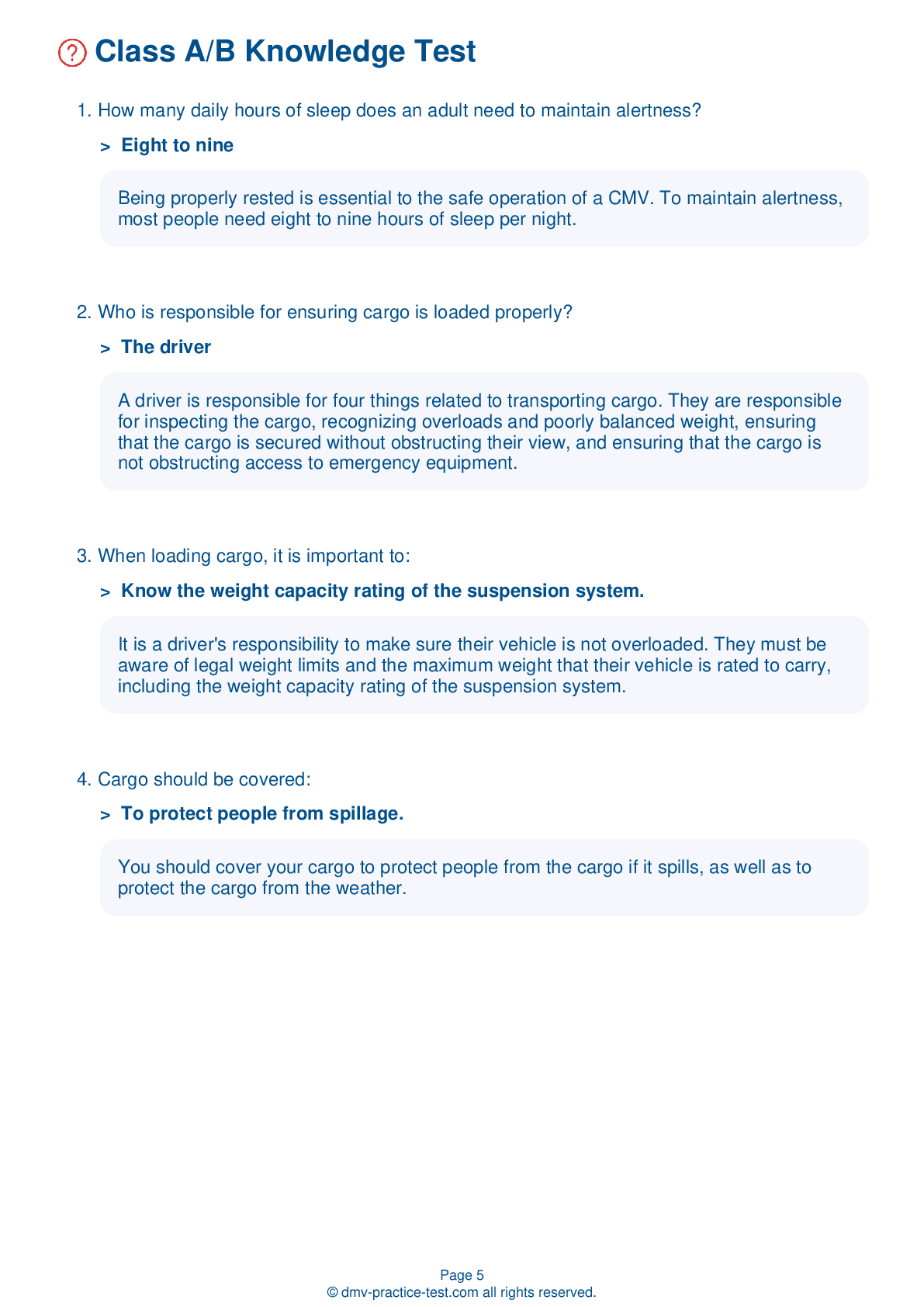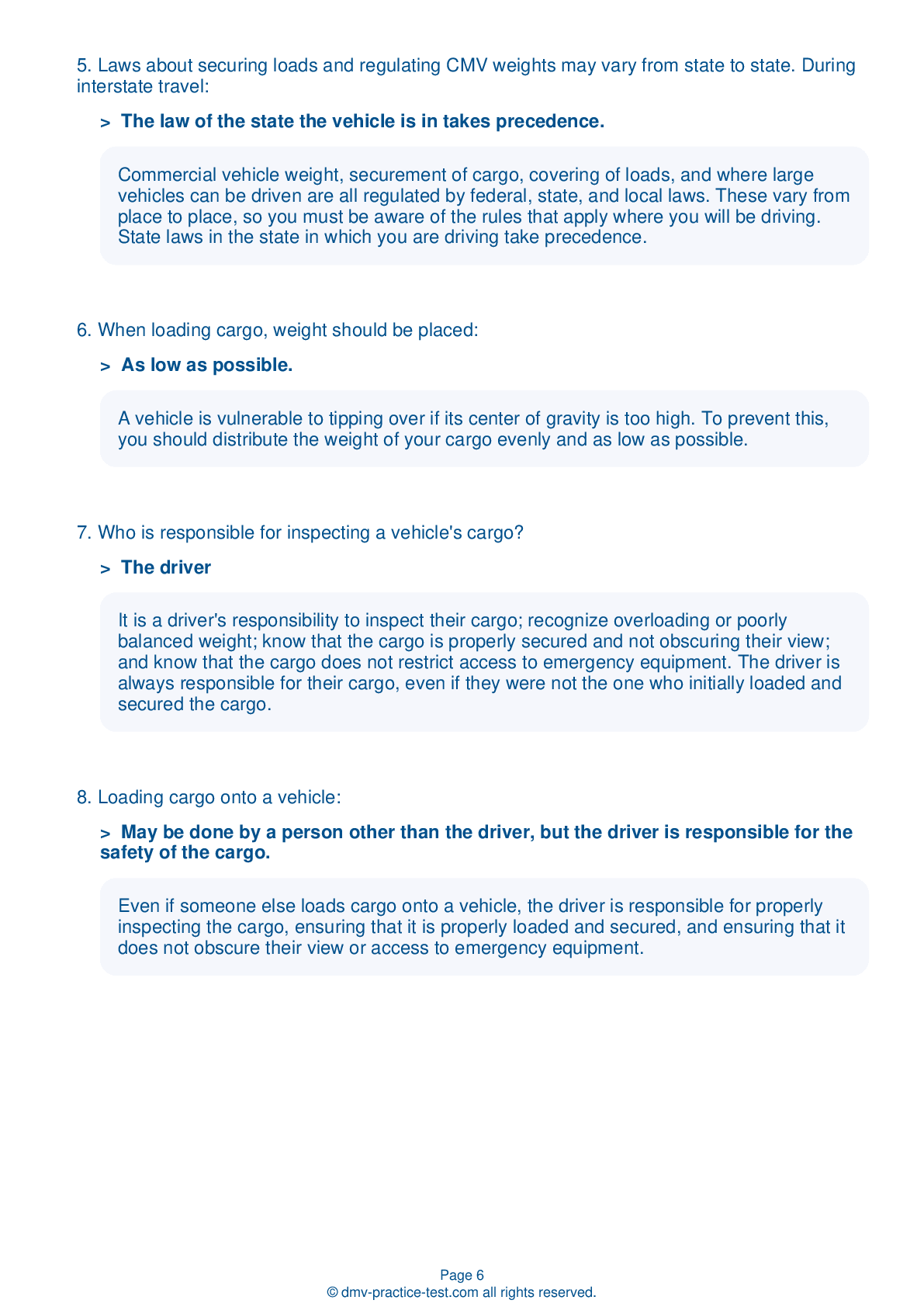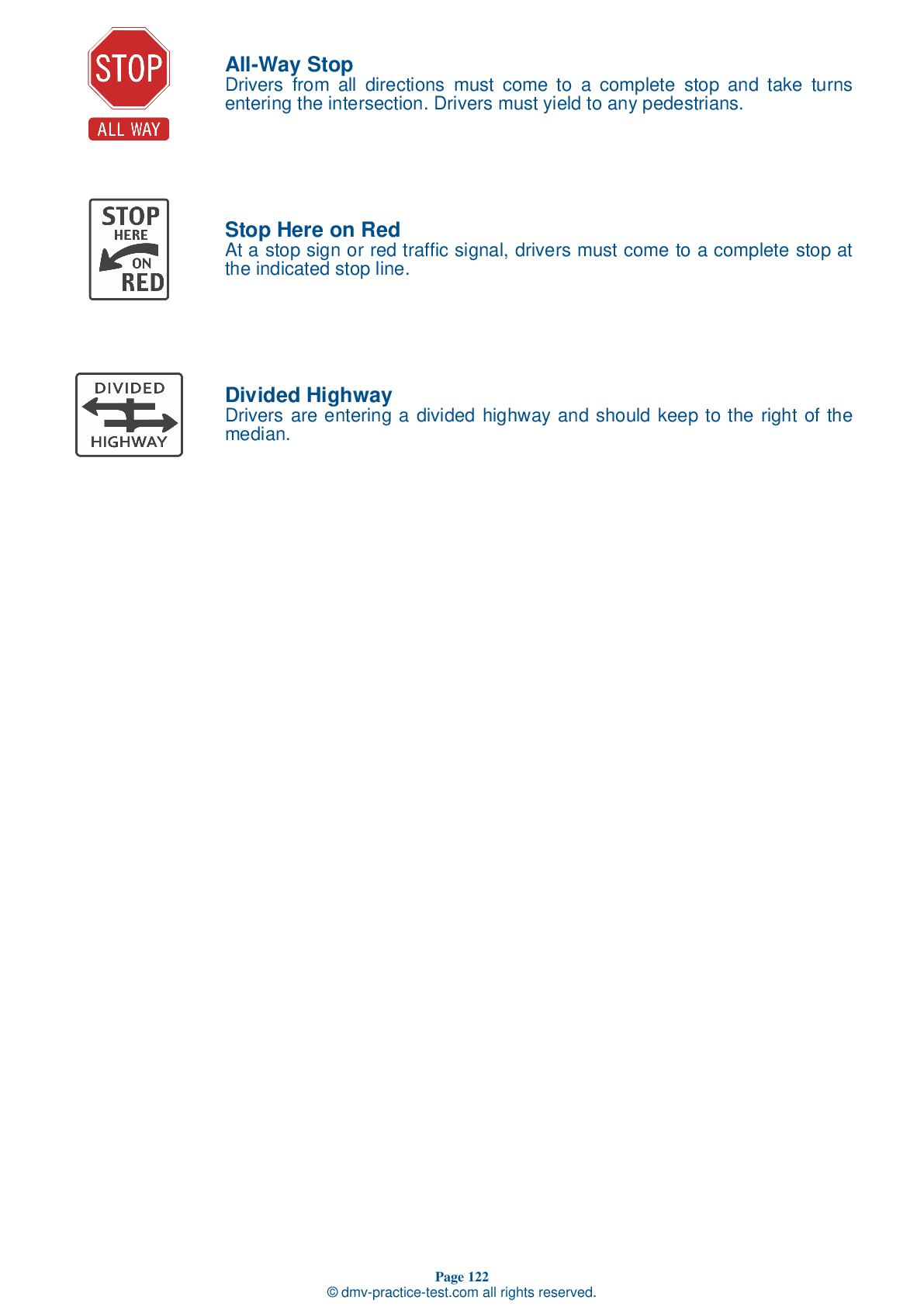Class B Driving Test | Connecticut 2025 #2 Page 2 of 7
Train for FREE online with our Connecticut class B license test. The official exam test consists of several obligatory parts, with all of them checking your knowledge of different blocks of road rules. If you need to obtain a CT CDL class B permit in 2025, practice as much as possible. Free sample tests published on our website will help you check and improve your knowledge and boost your grades. Please bear in mind that CDL class B requirements may vary from state to state.
8 . Distracted driving:
Distractions while driving can be physical (such as reaching for an object), mental (such as making conversation with a passenger), or both (such as holding a phone to send texts). Strategies to help you avoid distracted driving include pre-programming radio stations; planning out your route in advance; avoiding complex or emotionally taxing conversation while driving; adjusting your mirrors before setting out; and not eating, drinking, or smoking while behind the wheel.
9 . While driving:
It is essential that a driver always uses proper signals to make their intentions known to others on the road.
10 . When you must travel down a hill, when should you switch into a lower gear?
You should always slow down and shift into a lower gear before starting down a hill. If you do not begin to drive down a hill at a low enough speed, you risk overusing your brakes, causing them to overheat and fade.
11 . A low air pressure warning signal should activate:
In an air brake system, a low air pressure warning signal must come on if air pressure in the tanks falls below 60 psi. This warning signal may come in the form of a light, a buzzer, or a wig wag.
12 . Improperly loaded cargo:
Cargo that is improperly loaded or secured is a significant hazard to the driver, as well as others on or near the road.
13 . You must have an air brake endorsement:
You must take an air brakes knowledge test to become licensed to operate a vehicle that is equipped with air brakes, including an air over hydraulic braking system.
14 . When starting a vehicle with dual air brakes, pressure of ____ should be built up in the system before it is driven.
Before driving a vehicle with a dual air brake system, allow time for the air compressor to build up pressure of at least 100 psi in both the primary and secondary systems.
See the exact questions that will be on the 2025 Connecticut DMV exam.
99.2% of people who use the cheat sheet pass the FIRST TIME
Lillian MCcranie explains how our CDL study guide was helpful in passing the exam and recommends it to everyone.
Cameron tells us how he purchased the CDL exam, and found it to be a useful tool which helped him pass the exam and find a job.



